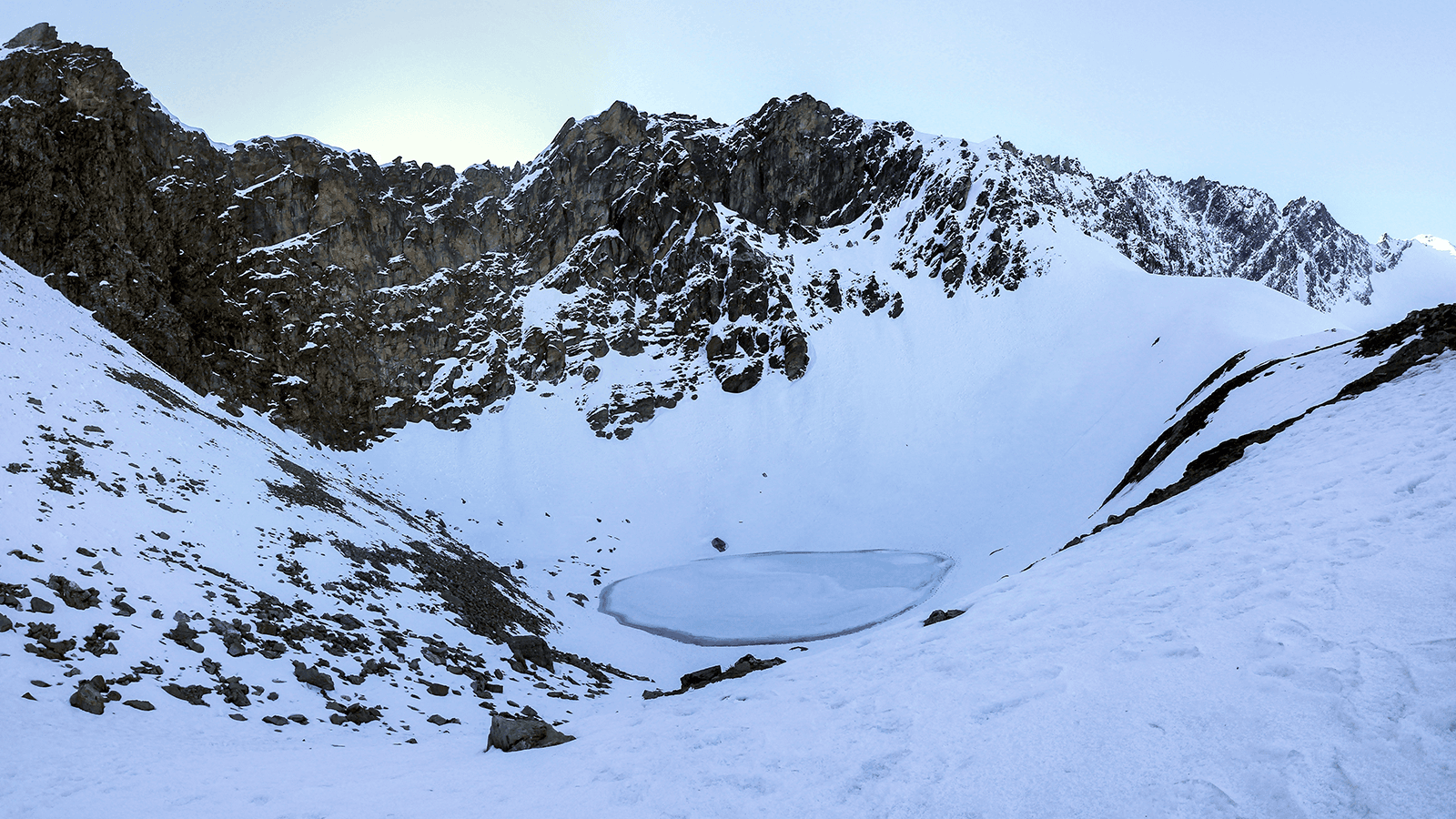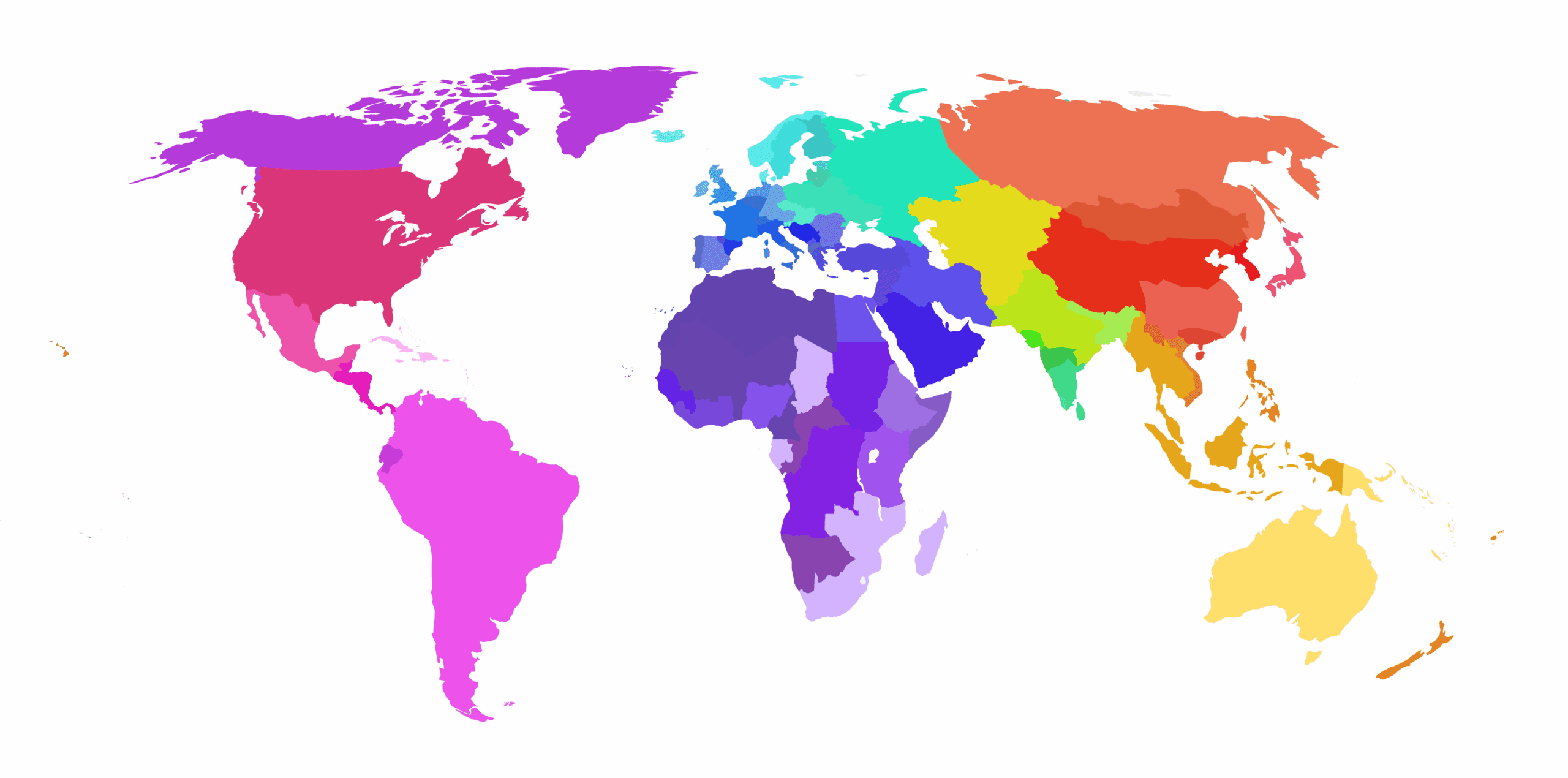As part of continuing improvements to 23andMe’s Ancestry Service, we recently added 12 Genetic Groups for customers with roots in Japan and 25 for those genetically connected to one of the five Nordic countries in which Scandinavian or Finnish genetic ancestry is most common: Denmark, Finland, Iceland, Norway, or Sweden.
The updates improve the granularity of results for customers with ancestral lines tracing to these distinctive regions on opposite sides of the world. This update also closely follows the recent addition of 49 different genetic populations in Germanic Europe, France, Belgium, South America, and the Levant, offering those with roots that trace back to these regions of Europe.
Let’s look at the new genetic groups added with this update in Japan and Scandinavia.
Japan Update
This update includes new genetic groups in Japan.
Japan is an archipelago composed of more than 6,852 islands. Multiple waves of migration from the Asian mainland, starting as early as 35,000 years ago, first populated the islands.
Modern Japanese people can trace most of their ancestry to the Stone Age Jomon and late Stone Age Yayoi cultures. The Yayoi people introduced ironworks and agriculture. Yayoi DNA is concentrated in the center of Japan, while Jomon ancestry persists to the north and south among the culturally distinctive Ainu and Ryukyuan peoples.
The various tribes and kingdoms of Japan were nominally unified under the Emperor of Japan around the fifth century, a dynastic line that continues in modern times. One of the most culturally important periods for classical Japanese art, poetry, and literature is the Heian period, which lasted from 794 to 1185. Heian means peace in Japanese.

Here are the 12 genetic populations we’ve added for this update:
- Ryukyu Arc: For those with ancestral connections to people from the Ryukyu Arc, an arc-shaped archipelago extends south of Kyushu along the Ryukyu Islands.
- Yamaguchi and Western Hiroshima: For those with ancestral connections to people from Yamaguchi and Western Hiroshima, a region known for its rural beauty and rich history.
- Northern Honshu and Hokkaido: For those with ancestral connections to people from northern Japan, including the Hokkaido, Tohoku, Kanto, and Chubu regions.
- Kii Peninsula: For those with ancestral connections to people from the Kii Peninsula, located on the island of Honshu and within the Kansai region.
- Northern Kyushu: For those with ancestral connections to people from Northern Kyushu, a region known for its dramatic scenery in places like Mount Aso, the largest active volcano in Japan.
- Chugoku and northern Shikoku: For those with ancestral connections to people from Chugoku, the westernmost region of Honshu, the largest and main island of Japan, and from northern Shikoku.
- Southern Kyushu: For those with ancestral connections to people from Southern Kyushu, known for its scenery ranging from the wild horses on Cape Toi to sweeping views of active volcano Sakurajima in the Kagoshima Bay.
- Yanbaru: For those with ancestral connections to people from Yanbaru, the northern part of Okinawa, including Nago and the Kunigami district.
- Miyako-jima: For those with ancestral connections to people from the island of Miyako-jima, a picturesque island southwest of Okinawa.
- Southern Okinawan: For those with ancestral connections to people from Southern Okinawa and north of Nanzan.
- Nagasaku Bay and Yokatsu Islands: For those with ancestral connections to people from the Nagasaku Bay and Yokatsu Islands of Okinawa, home of a significant part of the Chuzan kingdom in the 14th and 15th centuries.
- Okinawan West Coast: For those with ancestral connections to people from the west coast of Okinawa, stretching from Naha in the south to Nakijin in the north.
Scandinavia Update
The Scandinavia update includes genetic groups across five Nordic countries in which Scandinavian or Finnish genetic ancestry is most common.
However, these five countries also have shared linguistic and genetic roots that trace back to Northern Germanic tribes that established settlements in the North Sea during the Middle Ages. Mixed in with those Germanic tribal roots are local Scandinavian populations, like the Sámi people of the far north, who were hunter-gatherers.
These countries have a lot in common, but they also have their own unique cultures and histories, and there are regional differences. 23andMe added new genetic populations within each country to better reflect those distinguishing cultural differences and improve customers’ results.
Those include five populations in Denmark, three in Iceland, four in Finland, seven in Norway, and six in Sweden.
Viking exploration, conquest, and colonization helped spread Scandinavian culture. Vikings went far beyond the six countries we now associate with Scandinavia, including settlements in Scotland, England, Ireland, Normandy, and Greenland. They extended their reach eastward into Russia, south to the Mediterranean, and as far west as North America.

Here are the genetic populations added to the five countries in Scandinavia:
Denmark
- Southern Denmark: For those with ancestral connections to people from southwest Denmark, in the western parts of the Syddanmark (“South Denmark”) region on the Jutland, first settled in the Stone Age.
- East Jutland: For those with ancestral connections to people from Østjylland, which stretches from Viborg in the northwest to Horsens and Vejle in the south.
- Northern Denmark: This region, which stretches from Aalborg in the south to Skagen in the north, is for those with ancestral connections to people from North Jutland or Nordjylland.
- Hovedstaden, Sjælland, and Fyn: For those with ancestral connections to people from the island regions of Denmark: Hovedstaden, Sjælland, and the eastern island of Syddanmark (“South Denmark”)—Fyn.
- West Jutland: For those with ancestral connections to people from the rugged region of West Jutland, the part of Midtjylland west of the Jutish ridge, ranging from Herning in the south and Løgstør and Thisted in the north.
Finland
- Helsinki and Southern Finland: This is for those with ancestral connections to people from the capital of the Helsinki region and Southern Finland.
- Ostrobothnia and Central Ostrobothnia: For those with ancestral connections to people from the northern half of Ostrobothnia and Central Ostrobothnia, regions are known for their distinctive coastal landscapes and deep cultural heritage.
- West-Central Coast of Finland: For those with ancestral connections to people from the southwest coast of Finland, ranging from the Gulf of Bothnia to Lakeland in the east and spanning between the southern half of Ostrobothnia and Southwest Finland.
- Lapland, Northern Ostrobothnia, and Kainu Region: For those with ancestral connections to people from central and northern Finland, spanning from the southern cities of Lapland in the north and down to the Finnish Lakeland in the south. This region is known for its stark beauty and rugged conditions.
Icelandic Populations
- Northern Iceland: For those with connections to the northern coast of Iceland, the town of Akureyri, and the east coast extending to the north edge of Vatnajökull glacier.
- Southern Iceland and Reykjavik Region: For those with ancestral connections to people from the southern coastal region of Iceland, stretching from the Reykjanes peninsula to the capital of Reyjavik and out toward the western edge of Iceland’s largest glacier, Vatnajökull.
- Western Iceland: For those with ancestral connections to people from the western peninsula of Iceland, an area of rugged mountainous and coastal fjords known as the Westfjords.
Norway
- Southern Norwegian Coastal Plains: For those with connections to people from southern Norway, extending from the coastal plains bordering the Skagerrak strait inland to the Setesdalsheiene mountains.
- Oslofjord Lowlands: For those with connections to people from eastern lowlands of Norway, from Oslofjord in the south extending to the southeastern foothills of the Scandinavian Mountains. Called Østlandet in Norwegian, the region is home to Norway’s capital city, Oslo.
- Northwestern Norwegian Fjords: For those with connections to people from Norway’s northwestern coastal fjords and surrounding lowlands.
- Arctic Norway: For those with connections to people from the far northern tundra of Norway, stretching up to where Norway shares its only border with Finland.
- Boknafjord Lowlands: For those with ancestral connections to people from the lands surrounding Boknafjord, a large fjord on the southwestern coast of Norway.
- Trondheim Fjord Region: For those with ancestral connections to people from the northern coastal region of Norway surrounding Trondheim Fjord.
- Western Fjords: For those with ancestral connections to people from the central western coast of Norway, stretching from the majestic Sognefjord—Norway’s longest and deepest fjord—in the north to Hardangerfjord in the south.
Sweden
- Eastern Norrland: For those with ancestral connection from northeastern Sweden, primarily in the Ångermanland, Västerbotten, and Norrbotten historical provinces along the Gulf of Bothnia in the Baltic Sea.
- Western Svealand: For those with ancestral connection from Värmland and Örebro counties, a region in west-central Sweden between Lake Siljan to the north, Lake Vänern—Sweden’s largest lake—to the south, and Örebro to the east.
- Central Götaland: For those with ancestral connection from the southeastern historical provinces of Halland, Östergötland, Småland, and Södermanland, extending from Stockholm in the northeast to the southern coastal regions and spanning across the country from the Kattegat Strait in the west to the Baltic Sea in the east.
- Northwest Götaland: For those with an ancestral connection to people from Västra Götaland, a large county in southwest Sweden home to Gothenburg, the second largest city and a major modern port.
- Eastern Svealand and southern Norrland: For those with an ancestral connection to people from east—central Sweden in the historic regions of Svealand and Norrland, which ranges from the modern Gävleborg county in the north to Stockholm, Uppsala, and Västmanland counties in the south.
- Skåneland: For those with ancestral connection from east-central Sweden in the historic regions of Svealand and Norrland, which ranges from the modern Gävleborg county in the north to Stockholm, Uppsala, and Västmanland counties in the south.
- Eastern Svealand and southern Norrland: These are for those with ancestral connections to the southern part of Sweden (sometimes referred to as “Skåneland”), which includes the modern counties of Blekinge, Kronoberg, and Skåne.
Find out more
23andMe customers can see their Ancestry Composition.
Are you still waiting to be a customer? Find out more about 23andMe’s Ancestry Service and other services.




